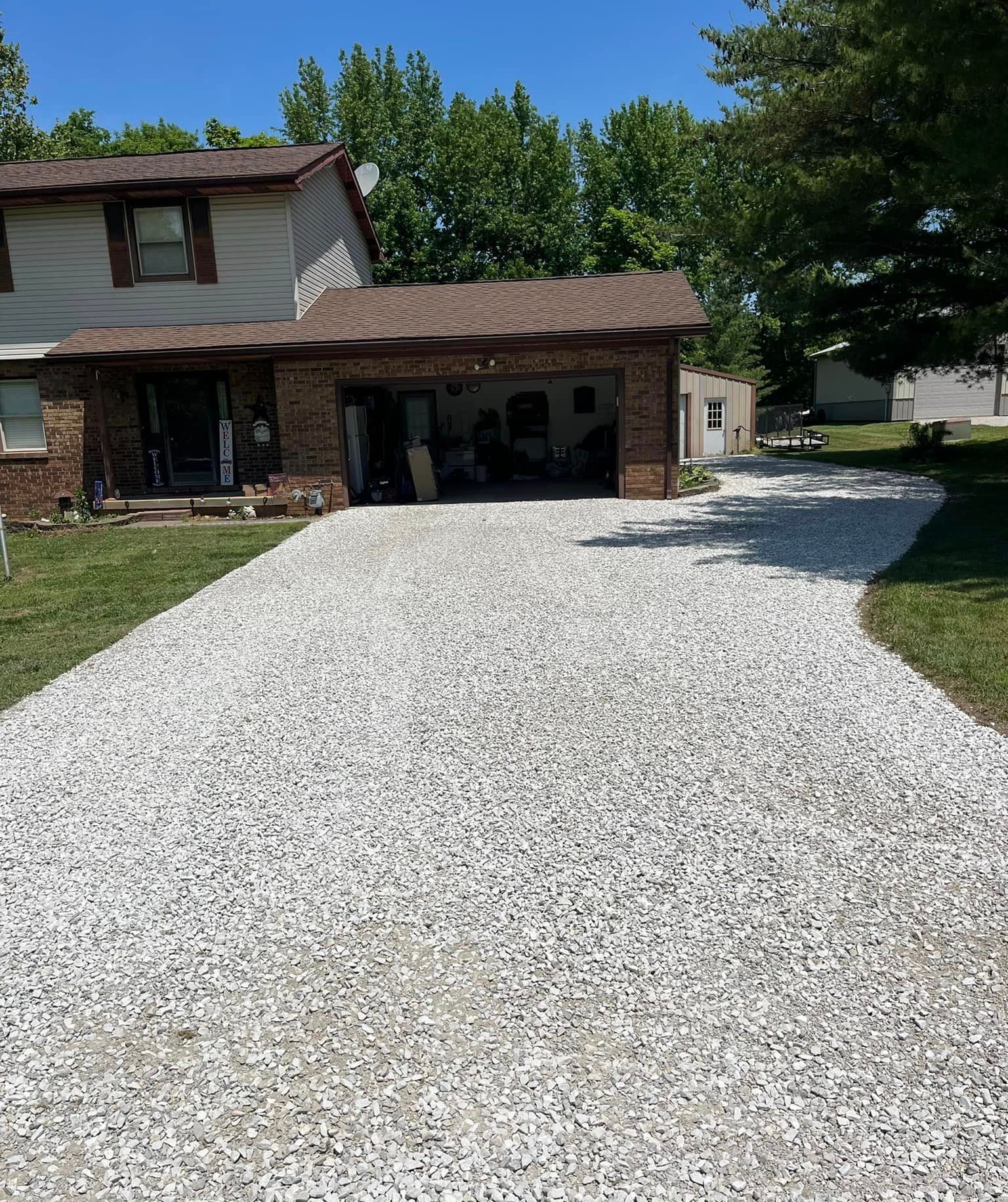Winter is THE Time to Schedule Your Tree Removal
Winter is a great time to get rid of those trouble trees.
Winter can be a quiet season for many outdoor activities, but it's the perfect time for tree removal and stump grinding, especially for a professional service like T&D Outdoor Services. Here's why this chilly season is ideal for these essential maintenance tasks.
1. Visibility and Accessibility
Winter, with its bare trees, offers better visibility for arborists. Without leaves obscuring the branches, it's easier to assess the health and structure of the tree. This clear view is crucial for identifying potential hazards and planning the safest removal strategy. Furthermore, the frozen ground in winter helps heavy equipment move around your yard without causing damage to the lawn or surrounding landscaping.
2. Safety Concerns
Decaying or dead trees become more hazardous in winter due to the weight of snow and ice, as well as the stress of winter winds. Removing these trees before they become a safety hazard is a proactive step. It's not just about protecting property; it's about ensuring the safety of your family and the community.
3. Health of the Tree
Winter is a dormant period for most trees. This dormancy minimizes stress on the tree during removal. For those trees that are diseased or infested, winter removal prevents the spread of pests or diseases to other healthy trees, which are more susceptible during the growing seasons.
4. Preparing for Spring Growth
Removing trees and grinding stumps in winter prepares your yard for spring. It opens up space for new plantings and landscaping projects, ensuring that you're not dealing with tree removal when you should be focusing on planting and growth. This foresight can lead to a more vibrant and healthy garden come spring.
5. Easier Scheduling and Potential Cost Benefits
Since winter is often a slower season for tree services, scheduling with T&D Outdoor Services can be more flexible. This convenience means you can plan tree removal when it best suits your schedule. Additionally, some companies offer winter discounts, making it a cost-effective time for tree and stump removal.
6. Environmental Impact
Winter tree removal has a lesser impact on the surrounding environment. Birds and wildlife are less likely to be nesting in trees, and the dormant state of your garden means there's less risk of damaging undergrowth or neighboring plants during the removal process.
Tree removal and stump grinding are critical aspects of maintaining a healthy and safe outdoor environment. Winter offers unique advantages for these tasks, from improved visibility and accessibility to minimizing the impact on the tree and the surrounding environment. T&D Outdoor Services is equipped to handle these challenges, ensuring a safer and more beautiful outdoor space for the upcoming spring. Don't wait until the busy spring or summer months; winter is the right time to schedule these essential services. Give us a call at 812-758-4143 to schedule your quote.


